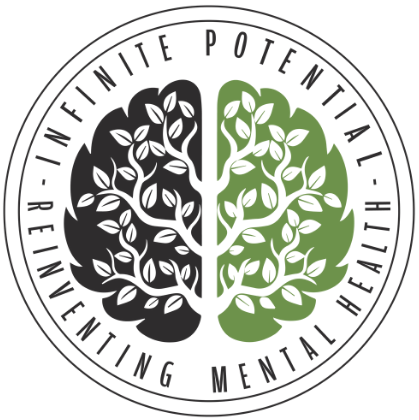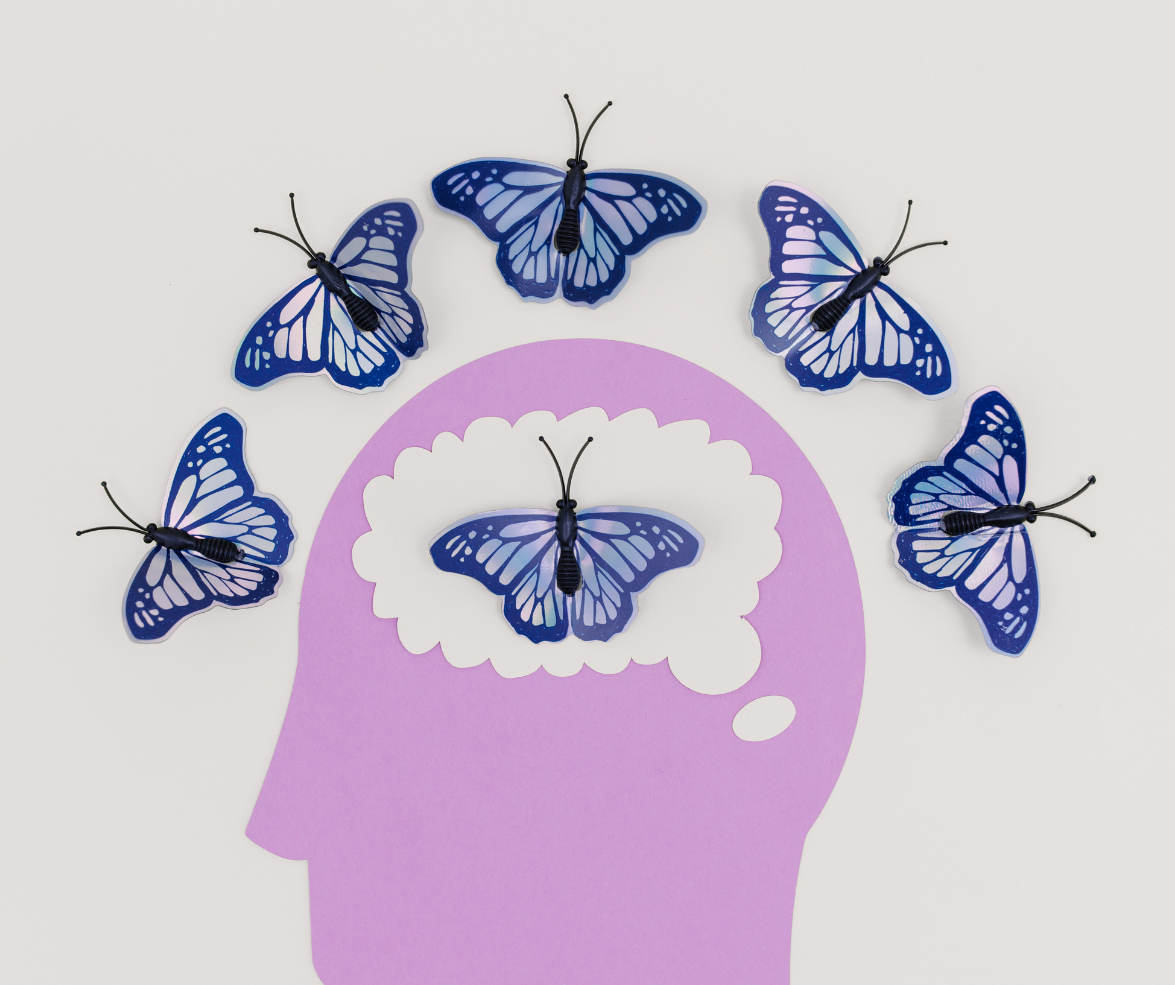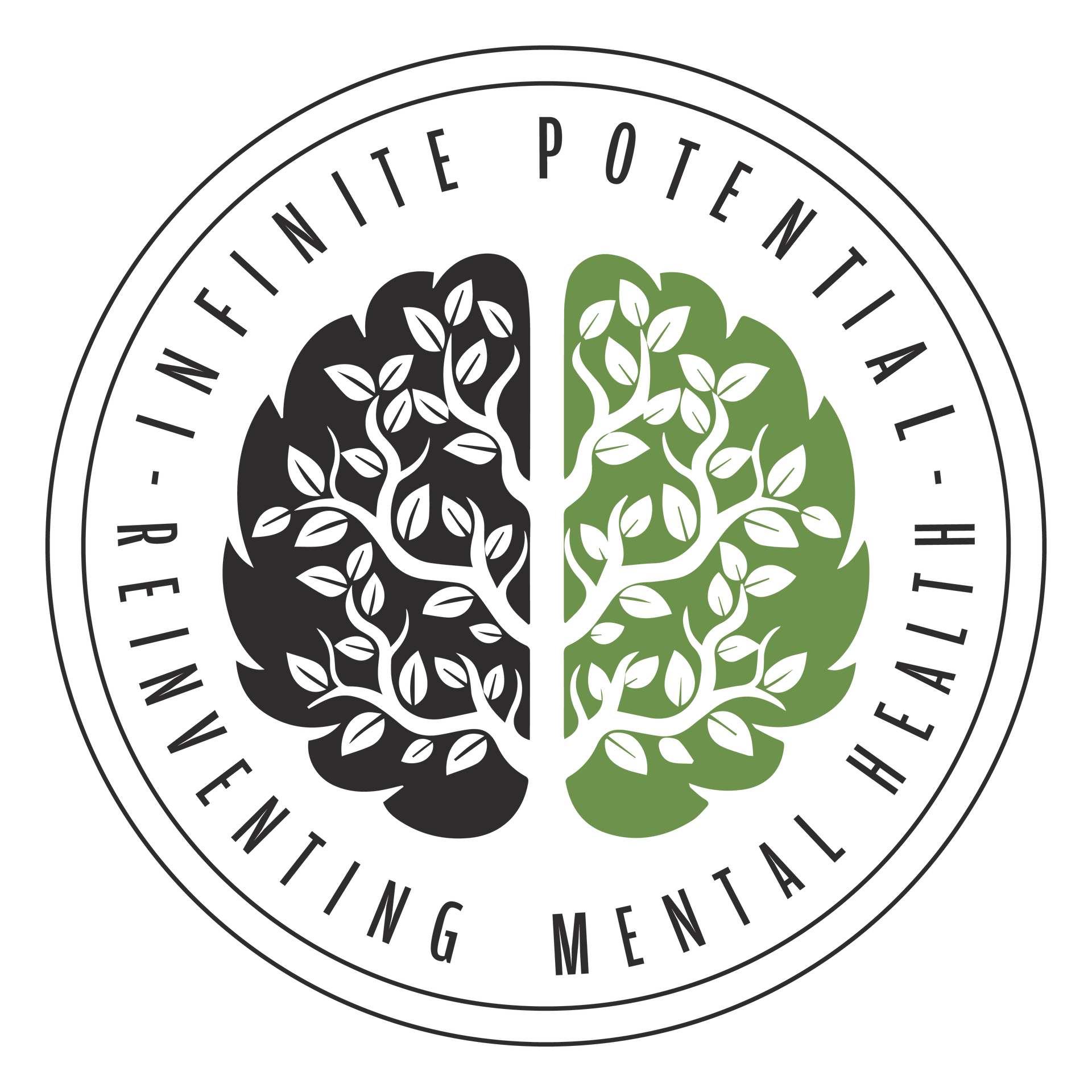How Neurofeedback Can Help Manage ADHD
Key Takeaways:
- ADHD affects focus, organization, and self-control.
- ADHD management is ongoing; there is no cure, but symptoms can be managed with consistent treatment and strategies.
- The 24-hour rule (complete tasks within a day) and the 10-3 rule (short work-break cycles) help build structure and sustain attention.
- Neurofeedback sessions use brainwave monitoring with real-time feedback to strengthen focus, reduce impulsivity, and improve emotional regulation.
- Most people require 20–40 sessions to achieve results, as outcomes build gradually.
- Neurofeedback is currently a cash-pay service only. Insurance does not cover neurofeedback, and reimbursement attempts have consistently been denied, creating frustration for families.
- Norepinephrine is important in ADHD treatment; medications increase it, while neurofeedback works by training brain activity patterns instead of altering brain chemistry.
- Effective ADHD management is a multimodal approach, combining medical, behavioral, lifestyle, and neurofeedback strategies tailored to individual needs.
How Neurofeedback Can Help Manage ADHD
Attention-Deficit/Hyperactivity Disorder (ADHD) can make it challenging to stay focused and manage impulses, often creating obstacles in school, work, or personal life. Treatment typically involves medication and behavioral therapy; however, neurofeedback is increasingly recognized as a non-invasive option that helps the brain learn to regulate itself.
By examining how various treatments interact with strategies such as the 24-hour and 10-3 rules, families and individuals can gain a better understanding of the support available. Together, these approaches provide practical ways to alleviate daily challenges and foster long-term progress in managing ADHD.
What is ADHD?
In medical terms, ADHD stands for Attention-Deficit/Hyperactivity Disorder, which affects how the brain manages attention, activity levels, and self-control. Core symptoms include inattention (difficulty focusing or completing tasks), impulsivity (acting quickly without considering consequences), and hyperactivity (restlessness or excessive movement).
In children, this may manifest as difficulty following classroom instructions or maintaining focus and attention. Teens may struggle with organization, deadlines, or emotional regulation, while adults often face challenges with work performance, time management, and relationships.
ADHD is not curable, but its symptoms can be managed with ongoing strategies, treatments, and support tailored to each stage of life.
ADHD Management Rules
Certain practical rules help people with ADHD build consistency and manage symptoms more effectively.
- 24-Hour Rule
The 24-hour rule encourages completing tasks within a day rather than postponing them. For someone with ADHD, delaying even small responsibilities, like answering emails or finishing homework, can increase the chance of forgetting or avoiding them entirely.
By working within a 24-hour window, individuals build a routine of addressing tasks promptly, which supports better organization and reduces the buildup of unfinished responsibilities.
- 10-3 Rule
The 10-3 rule is a strategy for maintaining focus by balancing work and rest. A common approach is 10 minutes of concentrated work, then a 3-minute pause. For people with ADHD, this structure makes it easier to stay on track without becoming overwhelmed or fatigued.
Over time, the rule can be adjusted to match a person’s concentration span, but the principle of short cycles remains the same.
Top 3 Proven Treatment Approaches for ADHD
ADHD is best managed through structured treatment plans that often combine medical and behavioral strategies. The three most recognized approaches are medication, behavioral therapy, coaching, and neurofeedback. Each works differently, and effectiveness can vary by age, symptoms, and individual needs.
1. Medication
Medication is the most common treatment for ADHD, especially stimulant drugs like methylphenidate or amphetamines. These increase dopamine and norepinephrine in the brain, which can improve focus and impulse control. Non-stimulant options are available for those who don’t tolerate stimulants well, and medication often delivers quick symptom relief.
However, stimulants don’t work for everyone. ADHD can be caused by a variety of underlying factors, including different brainwave patterns and metabolic or dietary issues, which means some individuals may not respond to medication at all.
2. Behavioral Therapy & Coaching
Behavioral therapy focuses on building practical skills like organization, time management, and emotional regulation. For children, parent training is often included to reinforce structure at home. Teens and adults may benefit from ADHD coaching, which supports goal-setting and accountability.
Behavioral therapy and counseling approaches do not alter brain chemistry but help individuals develop strategies that reduce the impact of symptoms in daily life.
3. Neurofeedback
Neurofeedback is a non-invasive therapy that utilizes brainwave monitoring to help individuals develop self-regulation skills. During sessions, sensors track brain activity and provide feedback through visual or audio cues, training the brain to maintain focus and reduce impulsivity.
Results develop gradually over multiple sessions, and while it is not a cure, neurofeedback can improve attention and behavior without the side effects of medication.
Comparison of ADHD Treatment Approaches
| Treatment | Effectiveness | Side Effects | Time to Results | Level of Commitment |
|---|---|---|---|---|
| Medication | High effectiveness for many; fast symptom relief | Appetite loss, sleep issues, mood changes | Days to weeks | Daily use; ongoing doctor monitoring |
| Behavioral Therapy & Coaching | Effective for building lasting skills; strongest with children and families | Minimal to none (mainly time/effort required) | Weeks to months | Weekly sessions; practice at home |
| Neurofeedback | Promising results; benefits increase over multiple sessions | None to minimal (fatigue, mild discomfort) | 20–40 sessions over weeks/months | Consistent attendance; higher time investment up front, then no further need for training. |
What Is Neurofeedback?
Neurofeedback is a therapy that helps the brain learn to regulate its own activity. It utilizes real-time brainwave monitoring to provide immediate feedback, indicating when the brain is in a focused or distracted state. With practice, this feedback helps the brain form new patterns that support better attention and self-control.
How Neurofeedback Therapy Works for ADHD
A session is non-invasive and follows a clear, step-by-step process:
- Sensor Placement
Small sensors are placed on the head to measure brainwave activity. These sensors only record signals; they do not deliver electricity or medication.
- Brainwave Monitoring
A computer translates the brain’s activity into visuals or sounds, allowing both the therapist and the client to see how the brain is functioning in real time.
- Feedback Activities
Feedback is delivered through simple games, moving images, or sounds. For example, a game character may move forward when the brain shows focused patterns and pause when it shifts toward distraction.
- Training the Brain
Repeated sessions reinforce positive patterns, teaching the brain to self-correct. Over time, this practice builds a more stable focus and attention.
Outcomes of Neurofeedback for ADHD
With consistent training, many individuals with ADHD experience:
- Improved focus and concentration: making it easier to complete tasks.
- Better emotional regulation: reducing frustration and mood swings.
- Reduced impulsivity: supporting more thoughtful decision-making.
These outcomes build gradually across multiple sessions, making neurofeedback a long-term skill-building tool rather than a quick fix.
FAQs About Neurofeedback for ADHD
How many sessions of neurofeedback are needed for ADHD?
Most people require 20 to 40 sessions to see progress, although the exact number depends on factors such as age, symptom severity, and individual response. Sessions are usually held once to three times per week. Improvements often build gradually, with changes in focus, behavior, and self-control becoming more noticeable after several weeks of consistent training.
Does insurance cover neurofeedback for ADHD?
No, neurofeedback is currently not covered by any insurance providers. While some individuals have attempted to submit out-of-network claims or use flexible spending accounts, these efforts have consistently been denied. At this time, neurofeedback is a cash-pay service only, with no reimbursement options available.
Does increasing norepinephrine help ADHD?
Yes. Among other things, norepinephrine helps us focus and stay alert. Medications like stimulants often work by increasing both adrenaline and dopamine in the brain, which makes things better focused and reduces impulsivity. Neurofeedback works differently; it does not directly alter brain chemistry, but rather trains brainwave patterns that influence attention and self-regulation.
What is the best way to manage ADHD?
The most effective ADHD management combines multiple strategies tailored to the individual. While no single treatment works for everyone, a comprehensive approach often leads to the best long-term outcomes.
- Medication, when appropriate, to address chemical imbalances.
- Behavioral therapy and coaching to build organizational and coping skills.
- Removing gluten, dairy, artificial food dyes, and added sugars has been shown to help manage ADHD symptoms, with research supporting ketogenic and carnivore diets for improving brain function.
- Lifestyle strategies include consistent routines, sleep schedules, and regular exercise.
- Neurofeedback is a non-invasive tool to strengthen focus and emotional control.
No single treatment works for everyone, and the best plan is usually tailored to each person’s needs with input from healthcare professionals.











